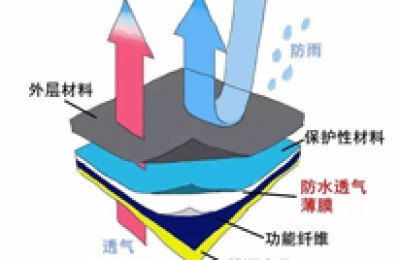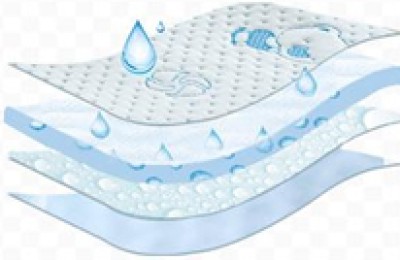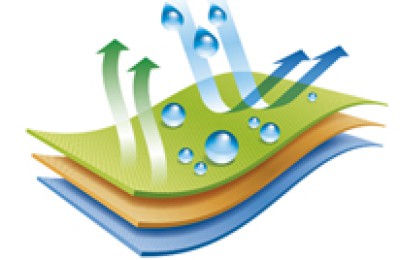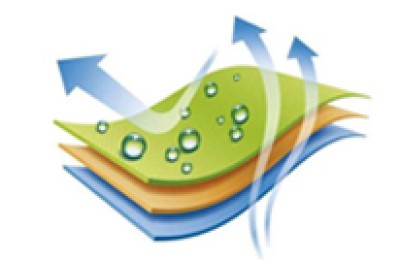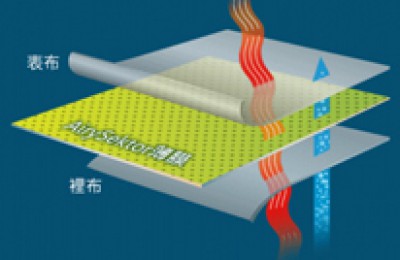Chinese Minister of Commerce Gao Hucheng and Australian Minister of Trade and Investment Andrew Robb formally signed the “Free Trade Agreement between the Government of the People’s Republic of China and the Government of Australia” in Canberra, Australia, on June 17 on behalf of the two governments. Australian Prime Minister Abbott attended the signing ceremony.
The China-Australia Free Trade Agreement covers more than a dozen fields such as goods, services, and investment, and achieves the goal of “comprehensive, high-quality, and balanced interests.” It is the highest overall level of trade and investment liberalization that China and other countries have signed to date. one of the free trade agreements. Products from both sides accounting for 85.4% of the export trade volume will immediately achieve zero tariffs when the agreement takes effect. After the tax reduction transition period, the proportion of Australia’s tax items and trade volume that will eventually achieve zero tariffs will reach 100%; the proportion of China’s tax items and trade volume that will achieve zero tariffs will reach 96.8% and 97% respectively. This greatly exceeds the 90% tax reduction level in general free trade agreements. In the field of investment, the two sides will grant each other most-favored-nation treatment from the time the agreement takes effect; Australia will also lower the review threshold for Chinese companies investing in Australia and make facilitation arrangements.
In terms of cotton textiles, China’s tariffs on cotton yarn originating in Australia will be gradually reduced to zero within nine years, and its cotton fabrics will be gradually reduced to zero within five years. The basic tax rate for textiles originating in China from Australia should be canceled and bound to zero (tariff number 5201-5609, including cotton yarn and cotton fabrics originating in China) from the time the agreement comes into force. For clothing originating in China, The basic tax rate should be reduced to zero in equal proportion every year within 1-5 years from the entry into force of the agreement and be bound.
In 2014, China’s textile and apparel exports to Australia were US$5.407 billion, a year-on-year increase of 7.52%. Among them, exports of textiles were US$1.291 billion, a year-on-year increase of 6.78%; exports of clothing were US$4.116 billion, a year-on-year increase of 7.75%. In the first four months of 2015, China’s textile and apparel exports to Australia were US$1.705 billion, a year-on-year decrease of 7.34%. I believe that with the signing of the China-Australia Free Trade Agreement and the gradual reduction of China’s textile and clothing exports to Australia from the previous 5% to zero, China will export more and more textiles and clothing to Australia, and the textile and clothing trade between China and Australia will become closer. , more smooth. Signing of the China-Australia Free Trade Agreement will benefit Chinese cotton yarn and cotton products
Signing of the China-Australia Free Trade Agreement will benefit Chinese cotton yarn and cotton products
Chinese Minister of Commerce Gao Hucheng and Australian Minister of Trade and Investment Andrew Robb formally signed the “Free Trade Agreement between the Government of the People’s Republic of Chin…
This article is from the Internet, does not represent Composite Fabric,bonded Fabric,Lamination Fabric position, reproduced please specify the source.https://www.yjtextile.com/archives/12124


